Product Short Description
Technical Specifications:
- Input Voltage: Compatible with standard industrial voltage ranges (e.g., 24V DC, 110V DC, or 220V DC, depending on configuration).
- Output Capacity: Supports tripping and closing operations for circuit breakers with varying current ratings.
- Communication Protocols: Includes interfaces for serial communication (e.g., Modbus, IEC 61850) or direct integration with ABB’s proprietary control systems.
- Operating Temperature: Functions within -20°C to +70°C (subject to environmental adaptations).
- Protection Class: Meets IP54 or higher standards for dust and water resistance in industrial settings.
- Dimensions & Weight: Compact design optimized for panel mounting; specific measurements vary by model variant.
Description
Functional Features:
- Circuit Breaker Control: Enables remote tripping, closing, and interlocking operations.
- Monitoring Capabilities: Real-time tracking of circuit breaker status, including position (open/closed), fault indicators, and operational history.
- Protection Functions: Integrates overcurrent, short-circuit, and earth-fault protection algorithms.
- Diagnostics: Self-testing features to detect internal faults or communication errors.
- Programmability: Customizable settings for time-current characteristics and coordination with other protective devices.
- Redundancy Support: Option for dual-channel configurations to enhance system reliability.
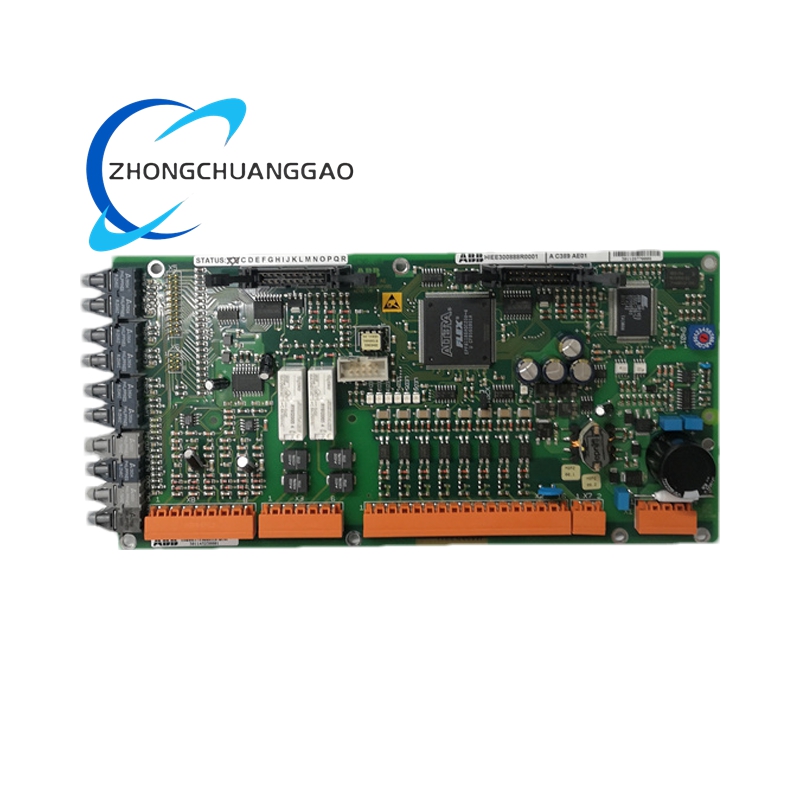
Application Scenarios:
- Power Substations: Used in medium-voltage (MV) and high-voltage (HV) substations for feeder protection and control.
- Industrial Plants: Deployed in manufacturing facilities, refineries, and chemical plants to safeguard critical electrical infrastructure.
- Renewable Energy Systems: Integrates with wind farms, solar plants, and battery storage systems for grid stability.
- Infrastructure Projects: Supports railway electrification, airport power systems, and data center electrical distribution.
- Commercial Buildings: Ensures reliable power supply in high-rise structures, hospitals, and shopping complexes.
Key Advantages:
- Enhanced Safety: Reduces arc-flash risks and equipment damage through rapid fault isolation.
- Operational Efficiency: Minimizes downtime via automated control and predictive maintenance alerts.
- Scalability: Adaptable to both new installations and retrofit projects across diverse industries.
- Compliance: Adheres to international standards such as IEC 62271, ANSI/IEEE, and GB/T (China).

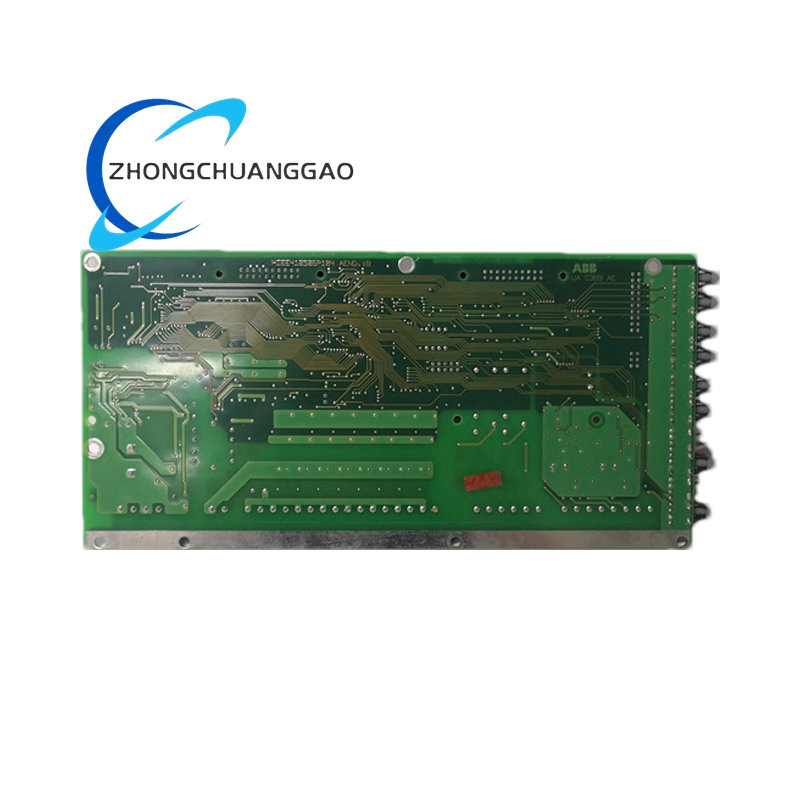
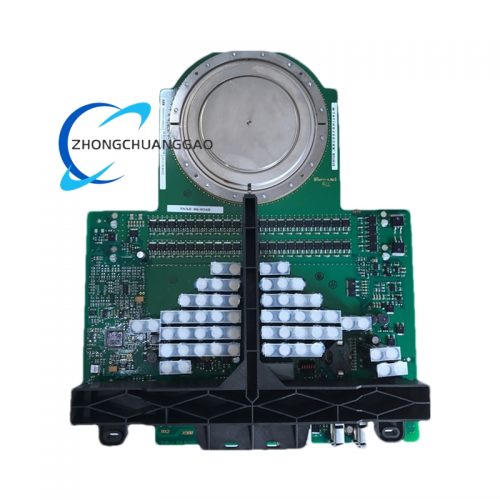
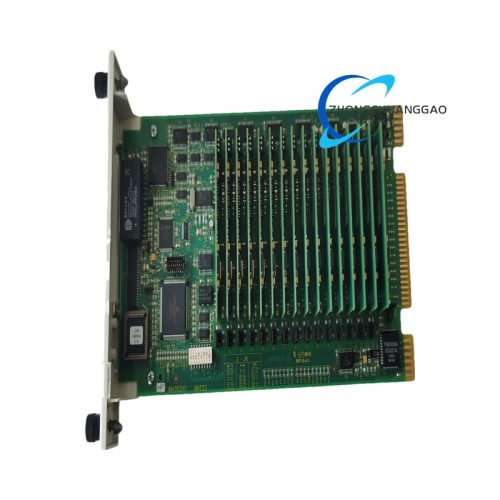
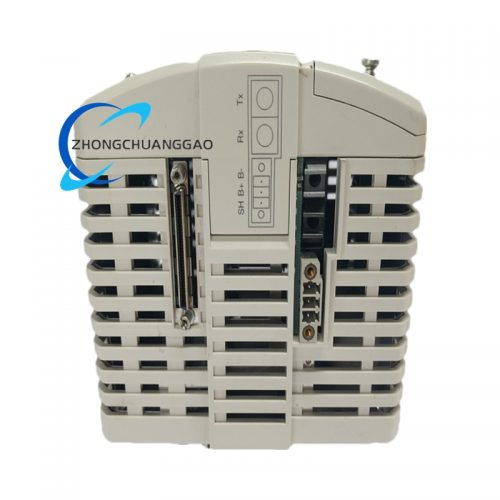
Reviews
There are no reviews yet.